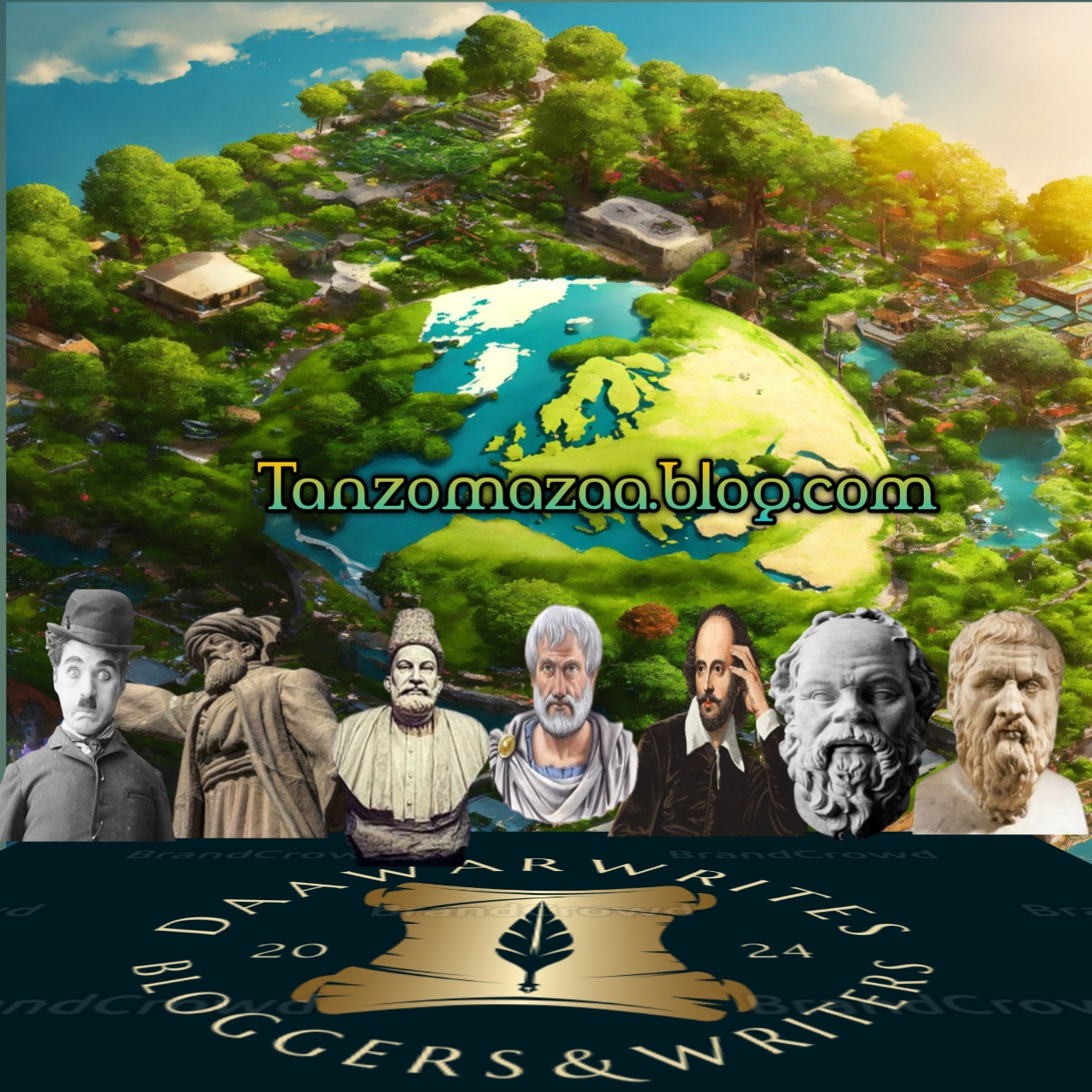A new study has revealed that millions of lasers fired from a helicopter flying over the Amazon Basin have revealed evidence of unknown settlements established by a pre-Hispanic "lost" civilization, resolving a long-running scientific debate over whether the region was capable of To maintain a large population. .The findings suggest that the mysterious Casarapi people - who lived in the Llanos de Mojos region of the Amazon basin between AD 500 and 1400 - were much more numerous than previously thought, and that they developed a large-scale civilization that precisely adapted to the unique environment. They lived, according to the study, published online Wednesday (May 25) in the journal Nature (Opens in a new tab).
Study researchers used airborne lidar—"light detection and rangefinding," in which thousands of infrared laser pulses bounce each second off the terrain to reveal archaeological structures under thick vegetation—and discovered several unknown settlements within a network of roads, bridges and reservoirs. and the canals that were centered around two very large colonies of Kazarapi, are now called Kotoka and Landivar."In one hour of strolling, you'll be able to get to another settlement," consider lead creator Heiko Prümers, an archaeologist at the German Archaeological Established in Bonn, told Live Science. "That's a sign that this locale was exceptionally thickly populated in pre-Hispanic times." Prümers and his colleagues have considered the Casarabe ruins within the locale, presently portion of Bolivia, for more than 20 a long timeLlanos de Mojos could be a marsh tropical savannah within the southwest of the Amazon Bowl. It has unmistakable damp and dry seasons each year - the driest months have no rain, but amid the stormy season between November and April, much of the region is overflowed for months at a time.
Brommers said that Spanish ministers within the 16th century found as it were disconnected communities living there, and researchers have been expecting the range's pre-Hispanic populace was the same. Unearthings were found within the 1960s, but numerous researchers have addressed whether they are normal landmarks or highlights.
But later revelations at last discredited the idea that the range was inadequately populated, and appeared that the Kasrapi individuals had instep set up "moo-thickness tropical urbanization" over a endless region, he said.But recent discoveries finally disproved the notion that the area was sparsely populated, and showed that the Kasrapi people had instead established "low-density tropical urbanization" across a vast area, he saiBrommers said the smaller Kazarapi settlements could have been home to thousands of people, and 24 are now known — nine of whom were first found in a recent Lidar study.
The settlements were connected by roads and bridges, and were built in roughly concentric circles around the two principal sites of Kasarabi at Kotoka and Landivar; Both were known before, but their true extent was only now revealed by Lidar, he said.An unusual feature of the settlements is that the Kazarapi built them within a huge infrastructure of aqueducts and reservoirs for water management.
Besides roads and bridges, these waterways radiate in all directions from major settlements such as Kotoka and represent a major investment in landscape management and labor mobilization, the researchers wrote in the study.
Brommers said the system may have been used to control seasonal flooding in the area, to allow corn and other crops to be grown at higher altitudes; It is possible that some of the reservoirs were used for fish farming, which would have been an important source of protein for the Kasrapi people.And he speculates that water shortage may have played a part within the downfall of the Casarabe civilization in almost A.D. 1400, more than 100 a long time some time recently the entry of the Spanish. It's conceivable that since the water administration framework depended so intensely on the surges or other sources of water that it — and the civilization that depended on it — fell separated amid a drawn out dry period due to a changing climate, he said.








0 Comments